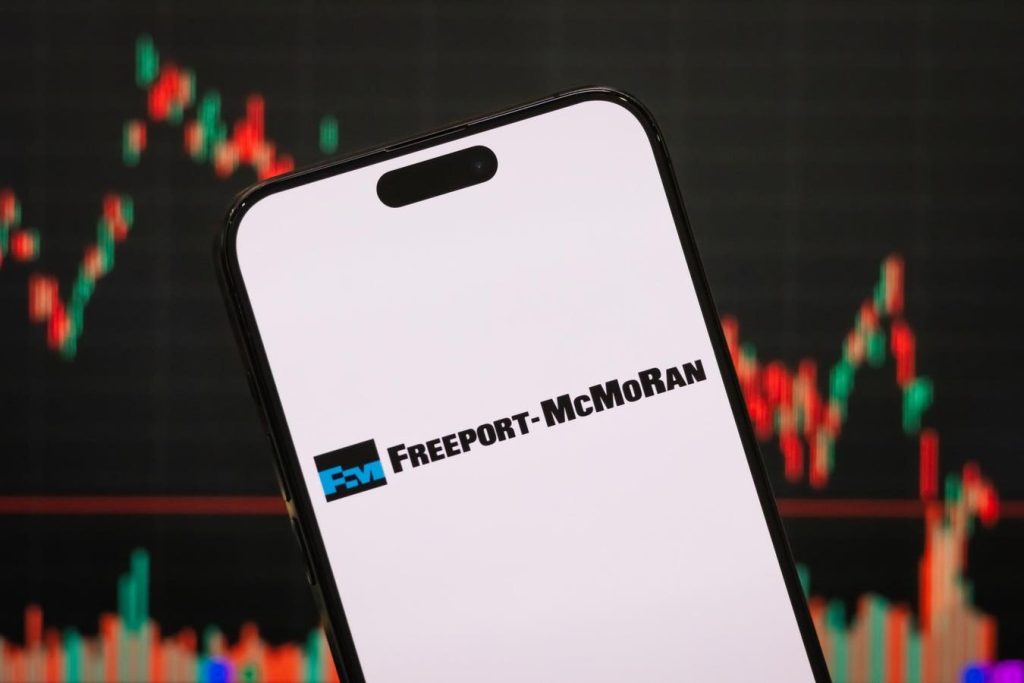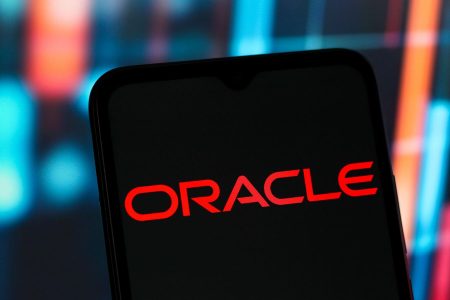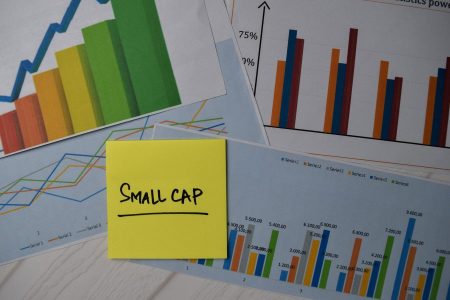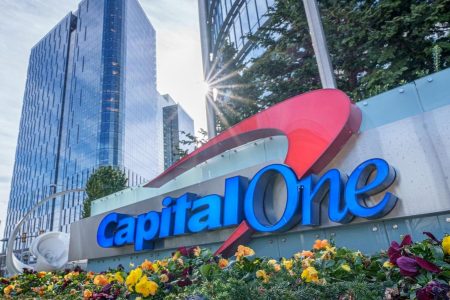The Rise of Freeport-McMoRan: A Valuation Analysis and Strategic Insights
Freeport-McMoRan (NYSE: FCX) has experienced a surge in stock price, raising concerns about its relative valuation in comparison to the U.S. stock market. Over the past month, its price has increased by approximately 12%, significantly outpacing the S&P 500, which has risen about 5%. This disparity is attributed to the surge in copper prices, driven by global economic recovery and a growing demand for industrial applications such as construction and renewable energy. As a prominent copper-producing company, Freeport-McMoRan is poised to capitalize on these elevated copper prices. The elevated multiples, such as a price-to-earnings (P/E) ratio of 33 and a free cash flow (FCF) multiple of 9, suggest a high valuation relative to its operational and financial performance. However, this contrasts sharply with Charles Schwab’s (NYSE:SCHW) stock, which operates at a lower multiple of 25 and reports strong revenue growth of over double, indicating a lower valuation outside its regulatory framework.
Freeport-McMoRan has faced some challenges in recent years, reflecting the broader economic uncertainty. In the late 2000s, its shares plummeted nearly 87% during the 2008 global financial crisis, followed by a 61% drop during the COVID-19 pandemic in 2020. In 2022, amid high inflation and challenges for U.S. consumers, the stock experienced another 52% decline. Historical data shows Freeport-McMoRan has been more adversely affected than the market’s index, highlighting its resilience during economic crises.
Freeport-McMoRan’s sustained interest in hydrogen gas and project expansion is considered the driving force enhancing its valuation. However, this approach must be balanced against concerns about tariff enforcement to maintain domestic production. Over the past quarter, Freeport reported a decline in net income, reflecting a temporary disruption at its Indonesian mine. Despite this, the company reported a growth of 20% in copper production, driven byExpand and residues. The company aims to increase copper production by 20% in 2025, which is tied to improved share prices, structural demand growth, and operational recovery.
Freeport-McMoRan’s management has expressed confidence in generating continued revenue even if tariffs are enforced, under the assumption that markets will adapt. The high valuation reflects a blend of factors, including strong demand for industrial copper and the company’s focus on strategic expansion rather than high costs. Freeport’s executive team’s commitment to sustainable growth suggests it is unlikely to face long-term losses in the competitive copper industry.
The company’s strong performance and widespread_eleven% growth have allowed it to consistently outperform the S&P 500 over the past four years. Reviewing the_performance metrics of Freeport-McMoRan’s stock highlights its underperformance relative to the broader market, underscoring the importance of diversification when constructing long-term investment portfolios.
In conclusion, Freeport-McMoRan’s sustained success is driven by both its operational strengths and strategic interests, appearing poised to remain a leader in the copper sector. Investors who hold individual stocks in such broad market pickup scenarios should be cautious, but those diversified to global exposure may benefit from the stock’s potential growth. Freeport’s record valuation underscores the importance of aligning valuations with long-term prospects, particularly in a volatile market environment.










